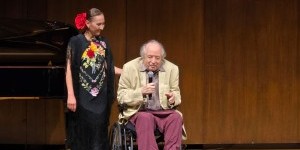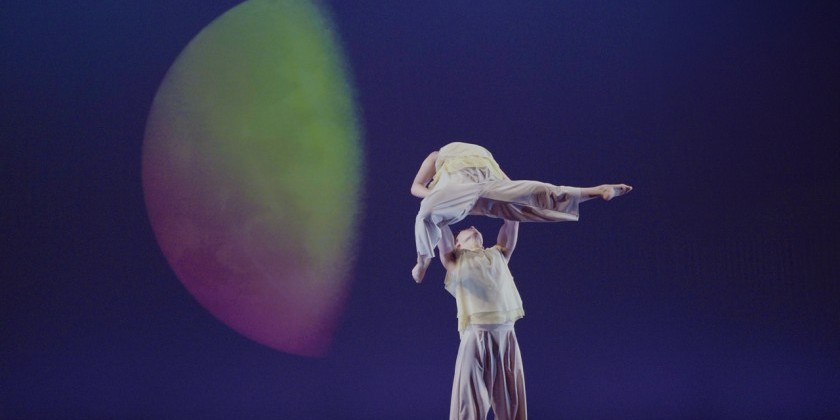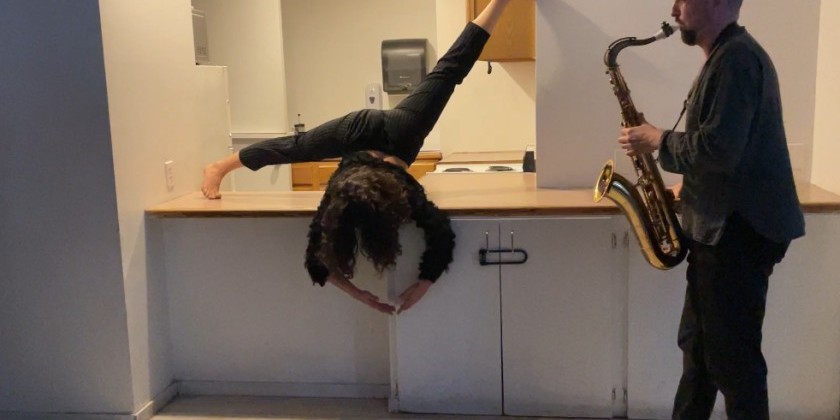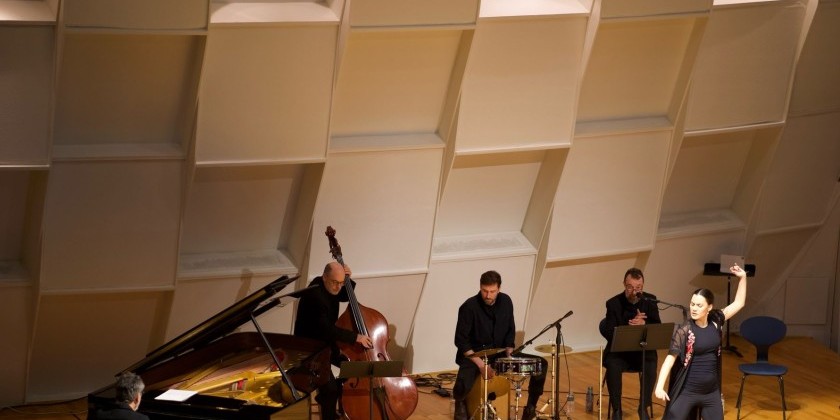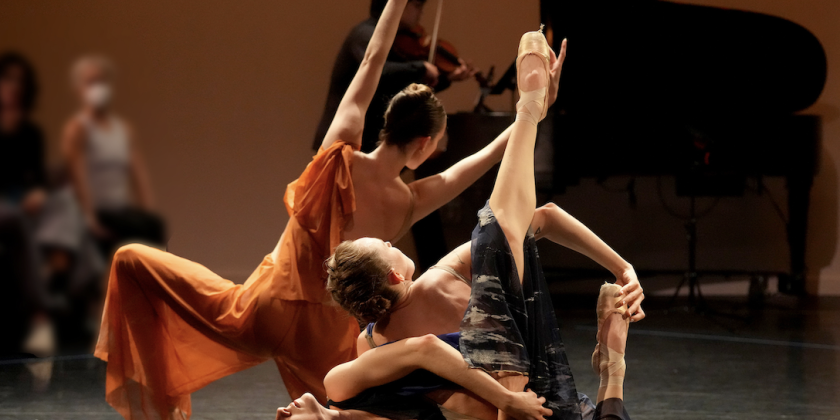AUDIENCE REVIEW: Moonlight Review
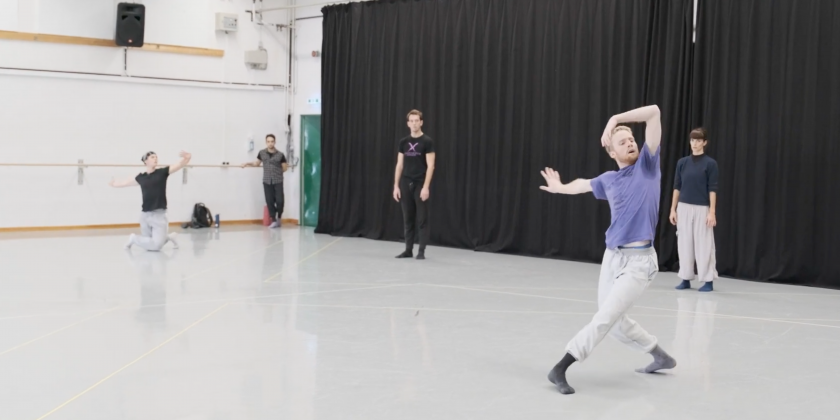
Company:
Staatsballett Hanover
Performance Date:
11/8/2020
Freeform Review:
Juliano Nunes’ Moonlight is 20 minutes of tension and release, deep inhales and even deeper exhales. The Brazilian choreographer’s new work recently premiered November 8th in a live stream by Staatsballett Hanover at Staatsoper Hanover. It can be accessed free of charge on the Staatsoper Hanover website via their Media Library page until the end of the month. Tickets may also be purchased for live performances taking place in December. Moonlight is the opening piece in the ballet Restless, featuring work from Jiri Kylian and Lukas Timulak. The work investigates the contrast between restlessness and stillness utilizing one of the most expressive parts of the human body, the hands.
Nunes was invited to commission his first piece for Staatsballett Hanover by Marco Goecke, the artistic director. The piece was choreographed on the occasion of Ludwig van Beethoven’s 250th birthday. Moonlight juxtaposes Beethoven’s Piano Sonata No.29 in B flat major, Op. 106 composed under strenuous artistic conditions and Hamerklavier Sonata composed in social isolation. Every movement is clearly and naturally attached to the low piano notes of Beethoven’s work. Even as the tone lightens, the movement carries a weight that prevails like the dark nature of the sound. The circumstances that the music reflects are very reminiscent of the current world situation amid the pandemic.
Moonlight opens with nine dancers on a dimly lit stage in an array of frozen positions. A white cross is positioned overhead with the vertical piece extending from the ceiling down to the floor upstage. The dancers wear tank style leotards in a charcoal blue color with black jogger style pants that have slits in the sides. An overarching shadow is created by the set like an eminent presence while the dancers paint flickering shadows with their dark figures as they move.
Nunes’ contemporary vocabulary is a balancing act between full, fluid movements and idiosyncratic, sharp gestures. Dancers smoothly melt in and out of the floor and execute multiple sets of turns with a sense of levity. Their torsos ripple with a language of their own, opening and closing in on themselves. Breath plays an integral role in the piece as the dancers visibly and audibly hold tension in the upper body to inhale only to eventually exhale with gravity. Nunes utilizes the hands and head to break lines, initiate movements, and generate the frenzy characteristic of restlessness. The hands are frequently held in fists or pointing. One of Nunes’ motifs is a position in which the dancers point in various directions as if following an unknown force. This force guides the dancers through the space with the possibility that it might consume them at any moment. Their upward gazes and convicted pointing indicate that the force is external while other closed movements suggest that it is internal or merely passing through the body.
Dancers from the Staatsballett move seamlessly in and out of group movement, solos, and duets throughout the course of the piece. There is no partnering, but the duet pairs give the illusion that they are moving each other from afar with the force of their hands. The choreography showcases the dancers’ command of the classical technique and even further demonstrates strength in their ability to distort traditional shapes and perform floor work. Moonlight opens with a female soloist shown in a pool of light as the other dancers are shaded around her. The piece ends in a similar way with a male soloist positioned in the spotlight; however, he is alone on the stage. Striking dancing appears in between as the dancers create wonderful harmony between angular shapes and the curving that is characteristic of Nunes’ style.
I thoroughly enjoyed watching Moonlight and recommend it to anyone looking to be inspired. This piece carries a sense of gravity that I believe everyone can relate to during this difficult period. At times, the struggle is written all over the dancers’ bodies while in other instances, they move with such ease. Ultimately, Nunes’ choreographic language reminds us to breathe amidst troublesome conditions. The inhalations may be sharp and even held for what seems like moments on end, but eventually we must surrender and exhale.
Author:
Isabella Aldridge
Website:
https://staatstheater-hannover.de/de_DE/programm-staatsoper/rastlos.1278003
Photo Credit:
Rehearsal of Juliano Nunes "Moonlight" at Staatsballett Hanover-still from video





